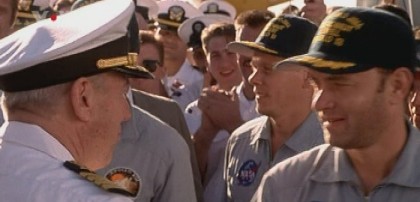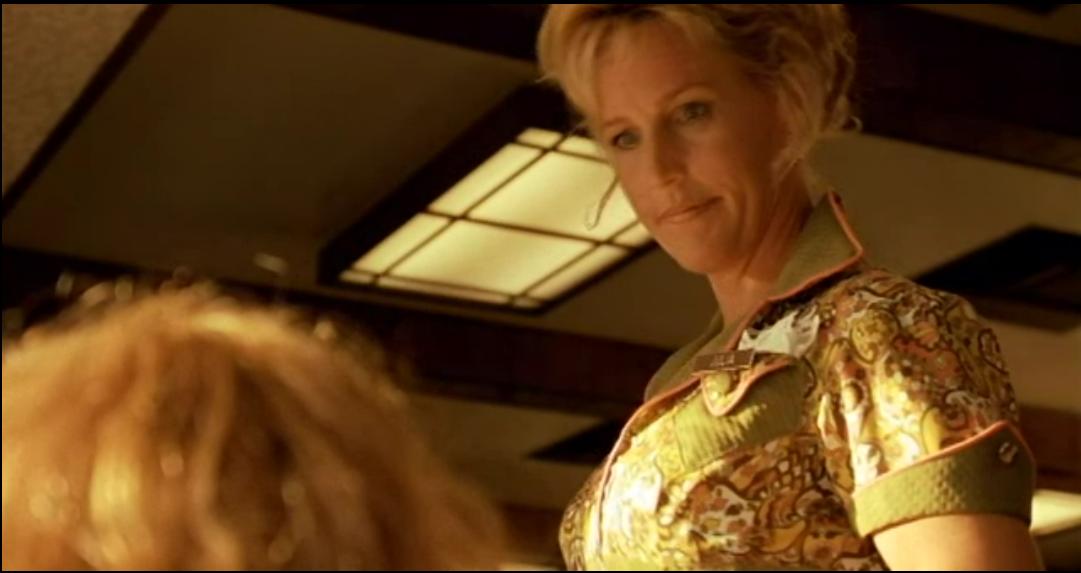 Here's an idea: why not round up the kids for some good old fashioned fistfight practice? Don't worry, we'll give them a pair of comically giant inflatable boxing gloves, first. These youngsters won't have a mark on them after a few rounds in the imaginary ring, but they will get a taste for brutal violence. Sounds like a wise parenting purchase, no?
Here's an idea: why not round up the kids for some good old fashioned fistfight practice? Don't worry, we'll give them a pair of comically giant inflatable boxing gloves, first. These youngsters won't have a mark on them after a few rounds in the imaginary ring, but they will get a taste for brutal violence. Sounds like a wise parenting purchase, no?It's no wonder parent watchdog groups weren't crazy about these blow-up fighting gloves; they may have prevented us from getting too banged up, but they did, after all, promote violent fighting. What message, they asked, were we sending our kids in buying them a product whose sole purpose was to inflict simulated bodily harm on their friends and family? Because they didn't fully understand the lingering impact of a rhetorical question, they answered with, "A pretty terrible one." Not the subtlest of approaches, but hey, they got their point across.
These naysayers, like always, were hell-bent on sucking all of the fun (and in most cases, the inflatability-dependent air) out of a toy we legitimately enjoyed. At a time when parents' choices for toys for their children were increasingly dependent on the presence of some underlying educational value, Sock'em Boppers were not exactly a beacon of enlightenment emanating from the Toys 'R Us shelves.
To be fair to those protesting the toy's violent aim, the pro-Sock'em Boppers arguments were pretty flimsy. Some argued they promoted physical fitness, which might be true but doesn't build their case particularly well. That's like saying, "Well, they might have some aerobic benefit to ordinarily sedentary kids...but only if they really go at it." Others claimed that kids would probably resort to roughousing anyway, so why not give them the luxury of a little padding. It was a small price to pay to save a trip or two to the Emergency Room, right?
Foremost, though, these things were fun. What other reason do you really need to endorse a toy? There was something uniquely exhilarating about beating the crap out of our friends and siblings with no foreseeable consequence. It's no secret that kids have an excess of expendable energy; what better way to release it than in a violent show of fistfighting glory?
The Sock'em Boppers advertisements kept it light, calling them "more fun than a pillow fight." This was, of course, a totally unfounded claim. They never backed it up with empirical research illustrating the perceived fun quotient of Sock'em Bopping to pillow fighting. Technically, this was just their theory, and a convenient one at that. After all, our houses were bursting at the drywall seams with pillows. We could fight with those for free. For these babies, though, our parents would have to shell out ten or fifteen bucks to ensure our hours-enduring amusement.
The marketing strategy behind these was pretty solid. You couldn't buy just one pair of Boppers. Well, yes, technically the store would let you out its doors without sending the Sock'em Bopper-directed legal enforcers after you, but a single pair wouldn't do you much good. Unless you intended for your kid to punch himself in the face for an indeterminate period of play time, you'd have to invest in at least one more set.
What they didn't warn us about, though, was the fact that these oversized air-laden hand guard were susceptible to pop at any moment. It's all fun and games until some kid busts through his Bopper and is left punching his little brother in the face unprotected. I'm not sure away, but fist to face contact is a pretty painful experience. In theory, we were all just one leaky Bopper away from an assault charge.
Danger aside, these gloves had the power to amuse and engage us for hours at a time. We could beat up parents, siblings, friends. The possibilities were endless and the potential was great. Their contribution to the future aggressiveness of impressionable young children was a small price to pay for a toy that could both entertain and wear out an overly energetic and generally exhausting specimen of child. It may not have been parenting at its finest, but it a tradeoff many of our parents were willing to concede in the name of their sanity.

Sock'em Boppers were so much more than just their original boxing glove line; their product catalog include all sorts of other watered-down versions of generally dangerous weapons. No need to worry if fists aren't your weapon of choice: Sock'em Boppers has got you covered with a full array of bop-worthy products. Boxing not your thing? Why not enjoy a round of fencing with our inflatable Sock'em Swords? How about a punching bag? Novelty fist with punchball attached? Our pals at Sock'e thought of everything. Well, everything to amuse violently inclined youth, that is.
Formerly known as Socker Boppers, these rebranded inflatables had been around for dozens of years ebfore their resurgence in the 90s. Socker Boppers were released in the early 70s, meaning these things had been polluting (and possibly rattling from impact) young brains for years by the time we got to them. Boppers are time tested, and apparently they passed. In your face, naysayers. With a Sock'em Bopper, though. So, you know, it won't hurt. That's the whole idea.
These toys are still around, so you still have time to invest in a pair or two if your parents deprived you some much-needed aggression release in your youth. Much like the Slip n' Slide, the potential risk of bodily harm fell a distant second place to the far more compelling fun factor. After all, what fun are toys without a slight injury risk factor? There's a reason they make kids so durable: so they can be punched in the face repeatedly with inflatable boxing gloves and still be asking for more.








